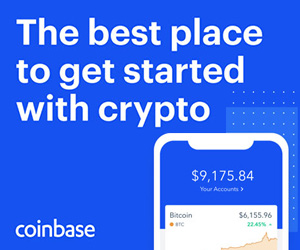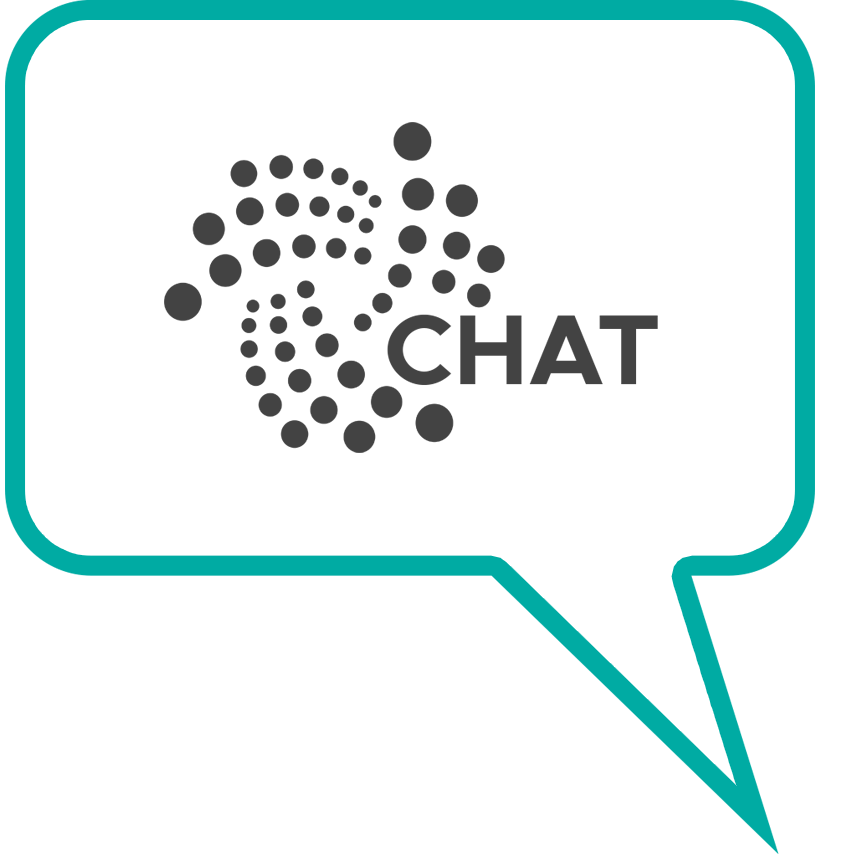
Physical asset exchange with IOTA
DLTs (Distributed Ledger Technology) is the latest evolution of the public register to designate the ownership of properties and assets since the Middle Ages.
While most of the public register record only the variation of the asset’s ownership, DLTs incorporate additional features:
– they can record the change of ownership of an asset;
– they can record the value of the asset;
– they manage the fund movement from the buyer to the seller.
These features are clearly visible in the Ethereum platform, where an ERC#721 token can change ownership recording the applied price and moving the funds.
Hence, I wondered: is it possible to create a marketplace of valuable physical products that provide the same features that Ethereum provides to a digital product?
The first answer that arises spontaneously is no. DLTs are able to guarantee consensus only on the DLT’s native information, i.e. the balance of a wallet at a given time.
In the absence of authority that certifies and above all guarantees (therefore commits itself to cover the damages in case of errors) the value of a balance registered outside the DLT in a given moment, it is not possible to reach consensus on the on-chain representation of the off-chain wallet (what happens, for example, with most stablecoins).
However, there is a category of real assets that have a particular property: by nature, they cannot be duplicated, or if duplicated do not lose value.
For example, a house is an asset that even if built identically in another place does not lose value. A piece of land cannot be duplicated. A livestock item, even if cloned, does not lose value, etc.
Even simpler products such as luxury goods are unique. Of course, it is possible to create a perfect fake or a very similar replica, but if there was a tool that could identify a specific product, then even this category of objects would not lose value in being cloned because the clone (and the original) would be easily recognizable.
In fact, there are countless reproductions of Leonardo’s Mona Lisa that have no ambition at all to be considered original. This sort of secondary market increases the value of the original because there are no dubs that a clone is a clone.
The good news is that such a tool exists: it’s ProductID.
We presented ProductID to the market a few weeks ago. In short, ProducID attributes to a physical object a unique digital identity recorded on the IOTAledger, the Tangle.
At this point to the question “is it possible to create a marketplace of real goods that provide the same features that Ethereum provides to digital goods?” we can answer yes!
How the market place can be realized
ProductID uses a smart card to grant digital identity to objects and assets and uses an IOTA MAM (Masked Authenticated Message) channel to register the digital identity as a digital twin of the real product.


